As some of you know, I write a lot with a real typewriter. I own several vintage typewriters that I bought at various antique shops and outdoor fairs. I’ve always loved toying with the odd doodad. I’m fidgety. The kid in me still kicks and screams for something, anything to do.
Why do we enjoy old things?
What is the fascination with antiques? Several years ago, my wife and I took a road trip up the East Coast of the US. We planned a scenic getaway in Maine in the early-Summer. This was before we had kids–the world was our oyster.
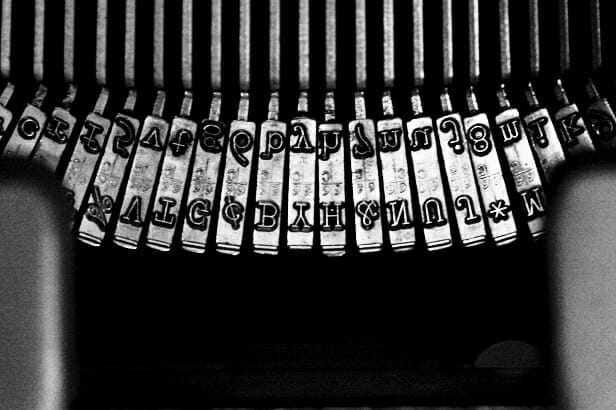
On the way up, we’d drive along narrow roadways–off the beaten path of the interstates so that’d we could take our time and enjoy the quaint New England landscape, the ocean and sky, and a roadside view of untamed woodlands. Dotted along this route were shops that sold all manner of…junk.
I remember a tire shop that had strewn truck tires all over the front lawn. The white building was no modern establishment, a mere box with a tiled roof. The black rubber donuts wore dried mud like crackle paste, and the grass sprung from their axle hubs.
Do people actually stop at places like that to see what’s for sale? And, sell things they did, because on the front porch of this shack was a sign ‘Ice Cold Drinks for Sale’.
We drove by until we saw what looked like a real place of business. A clean front facade with a freshly paved asphalt parking lot. This was a bonafide antique shop. This was our first road trip in a longtime, we were tired.
“Let’s stretch our legs,” my wife said.
“…need to use the bathroom, too.”
Powerful smells….
Have you ever smelled the inside of an antique shop? Old things smell. But, sometimes, it’s sweet. This wasn’t a wooden attic or a drawer full of dirty socks. A well curated antique shop has the delectable air of a polished brass spoon that’s dipped in bitter coffee. Whatever that tastes like, this antique shop made an impression. I was hooked by the smell.
Then, you open your eyes in the darkness. I remember the blurry shapes coming into sharp focus–a hardwood chair, a silver candle stick, and a glass counter with shiny vintage office paraphernalia on a pewter tray. Right there on the writing tools, my eyes clicked. The need to use the restroom faded, out of mind; I kneeled and looked through this veritable window into someone else’s history.
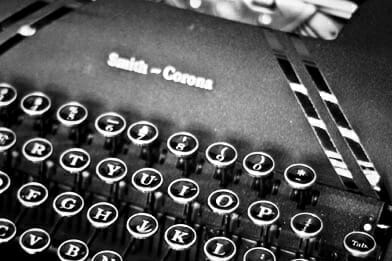
Fountain pens, loose cuff links, and an empty ink vial with accompanying pen stand, festooned with flowery petals–all tarnished metal. I creep sideways to see what other old-things are behind the case. The shop keeper is standing above me, an elderly gentleman that I don’t acknowledge, because it’s unnecessary. It has gone unsaid that the shop’s quietness is sacred. I don’t know his name.
Respect the old; celebrate the new.
I’m in a museum with its wares for sale.
That’s what antique shops are like. A place to visit with rare (maybe) artifacts you can own or admire. See, I realize that many of my friends would make fun of my attraction to visiting an antique shop, and I get it. There’s a stereotype that people who like to take their time, stop-and-smell-the-roses and all that, are old people. If that’s true, then I’m either outside the mainstream ‘insta-gratification throw-away’ culture, or yes, I’ve simply aged.
Admittedly, this place is awesome. It smells good. It’s quiet, so I can think. And, importantly I’m stretching my legs from our road trip up north to Maine.
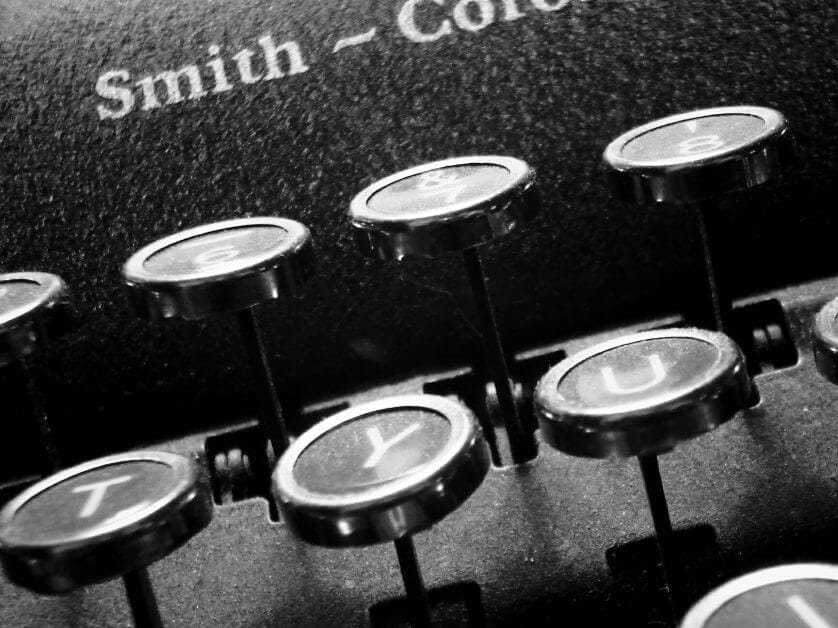
I’m a history buff. And, unlike a museum, you can generally go about an antique shop, pick stuff up, play with switches, push rusty buttons, and put said object down and get away with it. There are exceptions, of course. Those treasures behind the glass countertop that I’m eyeing are under the watchful eye of the shop keeper. When I spy the vintage Sterling model Smith-Corona typewriter in the corner of that glass case, I beam.
The machine looks brand new.
My first typewriter was a flower.
Hailed from the World War II era (circa 1941), this Smith-Corona typewriter was clean. Most typewriters until this point that I’ve seen wore history proudly in a coat of cracked rubber (usually on the platen paper rollers) and corrosion throughout its type basket (where the type arms swing in and out). Looking through the glass it was hard to make-out the color of the typewriter. Brown looks awfully like black without good light.
“Do you think I can take a closer look at this?” I ask the shop keeper, while gesturing to the writing machine.
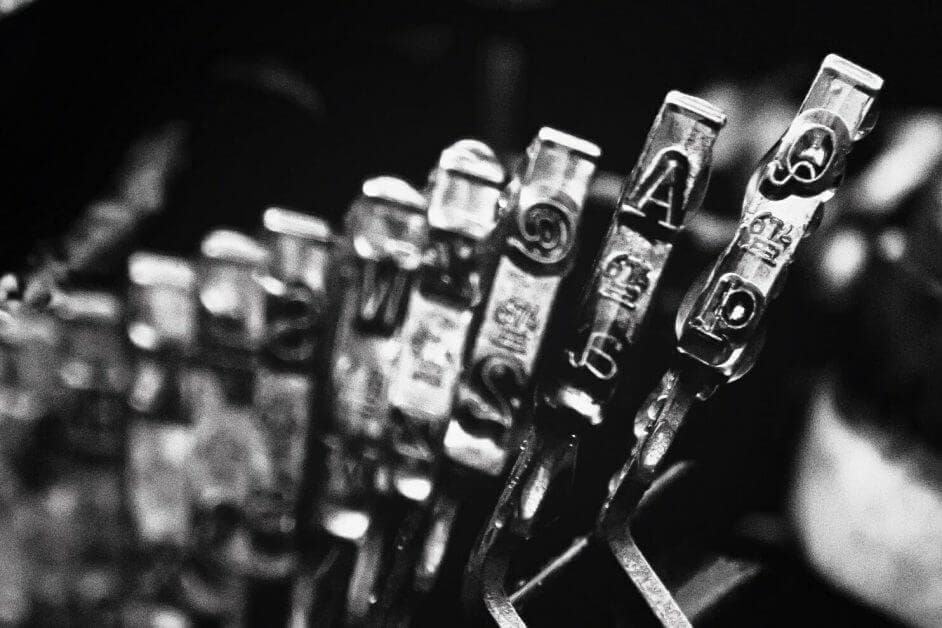
Without a word, he smiles, slides open a door and lifts the machine onto the counter. A Smith-Corona weighs several pounds and is all metal. It had stage presence, a true writing machine. Stature. As though it dared you, ‘touch me’.
“Does it work?”
“Sure, do you want to try it?” The old man said.
“Sure.” I whisper.
I know how to operate all kinds of expensive equipment. I work in a science laboratory with devices, microscopes, diagnostic tools, all kinds of sophisticated things. I even 3D print stuff. But, this typewriter was something else. I knew it wasn’t delicate, but when you test drive a car you still need to adjust the mirrors, right?
In Botany, a “corona” is the cup-shaped or trumpet-shaped outgrowth at the center of a daffodil or narcissus flower. This typewriter wasn’t delicate, but carried itself like an organic thing that demanded attention like a blooming flower in a sea of weeds.
“I’m different“, says the typewriter in silence.
Our modern technology ‘talks’ all the time. My iPad, for example, speaks through Siri. It rings, buzzes, and chimes. Notifications pop up, vying for my attention. Of course, the modern way to do life is to remind a person about what is important. My iPad thinks it knows that I want to be reminded of all the time. It might be about that new clothing sale, or that work meeting I have in exactly 22 hours (tomorrow afternoon!). Nothing is left to be in-the-moment; not anymore. We live in a crazy world where the momentary pause, even breathing, is blasphemous.
Apple Computers used to have the motto for their product line: “Think Different”. What an insidious tagline! How arrogant! But, I bought it. You bought it, even if you didn’t purchase their product. It was catchy. Thinking different is catchy. That’s how progress works right? Old things are bad. Different, new is great. Sound familiar? Let’s make things great.
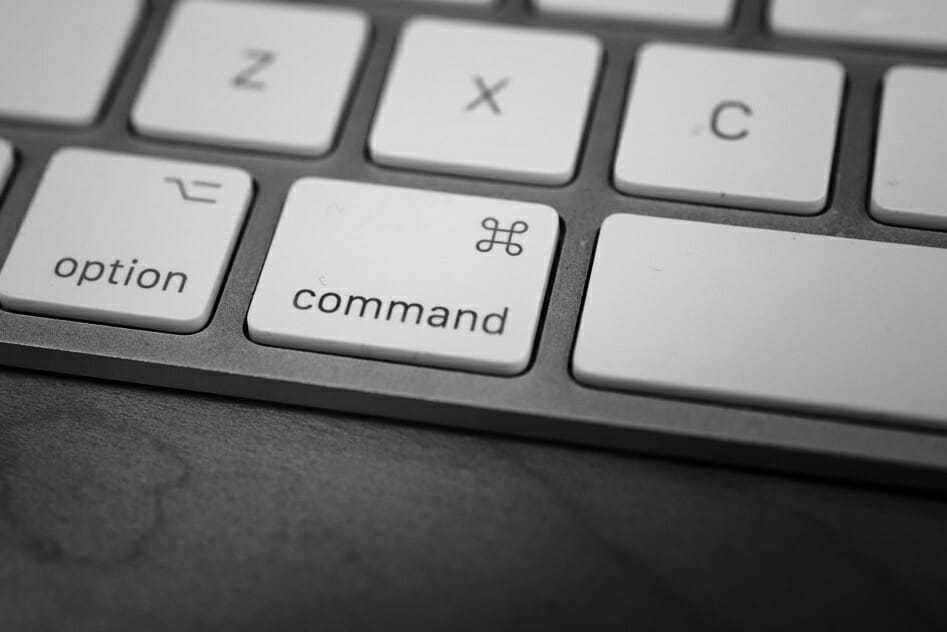
Ironically, that’s what technology has become, a way to think differently. Has anyone asked why do we need to think differently? What was wrong with how we did life in the past? History has so many important lessons.
“The quick fox jumps over the lazy dog.”
Pen pals. We used to write letters to each other. Handwritten messages with pen and paper, folded into envelopes, and mailed through a system that didn’t require electricity. Friends were forged through personhood, not 150 character one-liners. A philosophy of life would never fit on a bumper sticker. I pine for such a time when that society thrived.
The paper in the typewriter is pure white. A blank page. And it scares me. And the irony hasn’t escaped me here, either. I’m about to put vintage WW2 typewriter ink on bleached computer paper mass-produced in the 21st century. The shop keeper knows his stuff though. He’s rolled in two sheets of paper to protect the rubber platen from the punching type faces. The paper is disposable, but replacing a damaged rubber platen is nigh impossible.
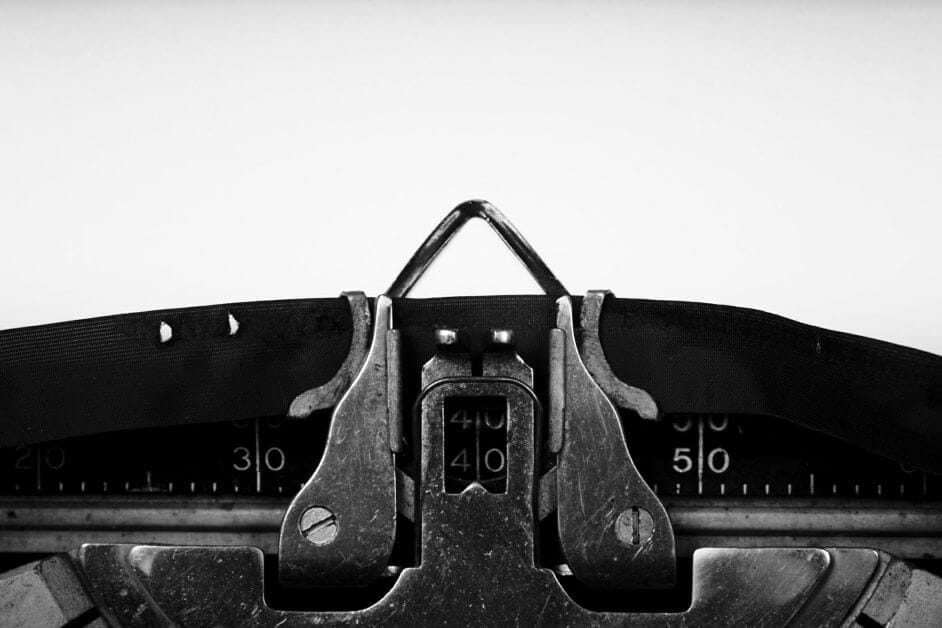
My mind reels to find which of these 120 or more round-shaped classic glass keys I should punch first.
A vintage keyboard of this era doesn’t have the number “1” key. Instead, you use the lower-case letter “L” as a dual-purpose key for the number one and the letter. For a moment, I admire this fact. It was a human labor cost-saving practice for manufacturers. We valued the human aspect of production. A craftsman had to make every part one-by-one. And, there was little room for error.
I punch-type this on the Smith-Corona: the quick brown fox jumps over the lazy dog. The type slam into the rubber platen, slapping paper, leaving behind ink letters. The sentence I’ve written is an English pangram that contains all the letters of the alphabet. “The quick brown fox jumps over the lazy dog” is commonly used as a sentence for testing typewriters. On this particular machine, the sentence comes out perfectly–lettered black on white.
The words felt “real”. More real than the words I type now for this article.
I wanted this typewriter.
A lesson in “value”.
I didn’t understand my compulsion to buy this typewriter. It was a Sterling Smith-Corona typewriter. Not extremely rare, or very hard to find. Just check eBay and you will find various models for sale at reasonable prices. For some reason, on this road trip to Maine, I wanted to take this typewriter home. This would be my first typewriter.
I tried to find a price tag. In this antique shop, everything had a small paper tag with a handwritten price on it. This particular typewriter didn’t have a price!
Nervously, I asked the shop keeper for the cost.
“A hundred and twenty,” he says.
$120 is a fair price for a functional vintage typewriter. In fact, I knew this since I had once hunted for a typewriter on eBay. Of course, I never pulled the trigger with an online sale. I never trust something old without first checking it out in person. But, with each type bar swing, my concerns allayed.
I wanted it, needed it—I didn’t haggle.
My wife did.
I don’t know how she did it, or what she said. All I remember is that we walked out to the car with a new, old typewriter. I took home a Sterling Smith-Corona typewriter in functional condition for $45.
In a literal sense, by winning one jackpot (my wife), I may have won all other jackpots.
Respect isn’t an idea, it’s a thing.
A typing machine is freedom. Maybe, it’s the purposeful thinking, a chewing of ideas, tasting them as you punch the keys. A fire isn’t burning until you feel the heat and see the light. Ideas are nothing, until they are made into words. A typewriter forces you to think hard, intently. Every key punch takes physical work. Those smacks of metal on paper are your thoughts stamped into reality. Remember, there is no eraser, no delete key. You lay track and you can’t go back.
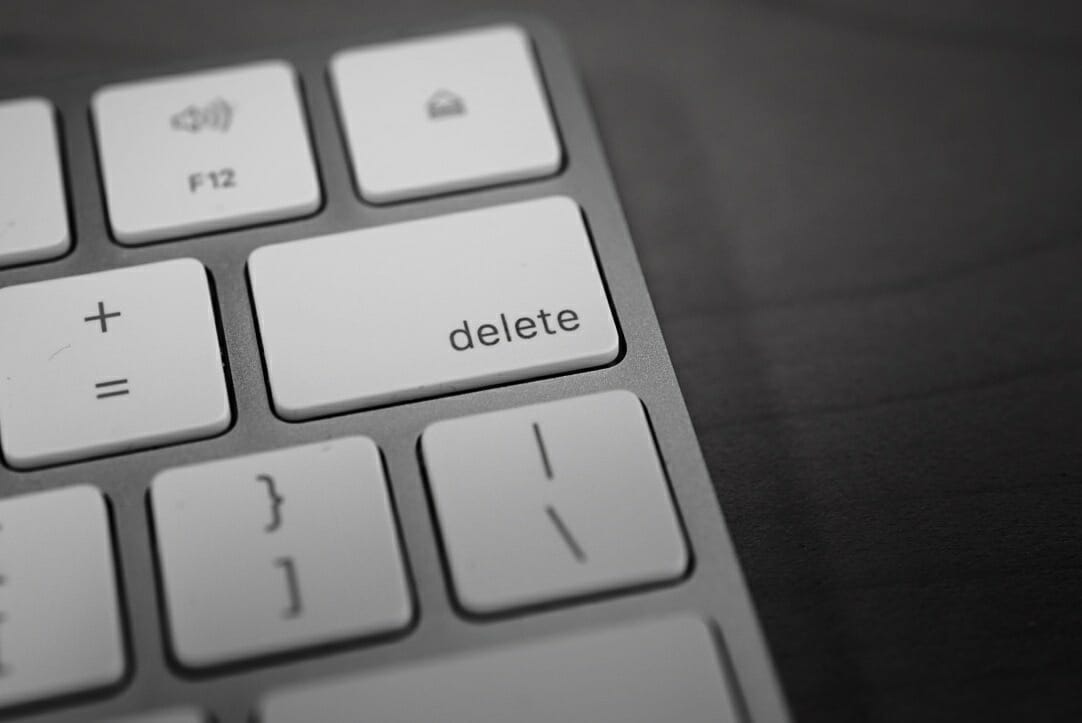
We respect the tangible things don’t we? If a tree has fallen across the roadway, you stop. You have to make a new decision. Move the tree. Go Around. Destroy. You respect the physical barrier.
Here, I’ve typed a word on a machine, assaulted paper with ink and metal and it has meaning. Respect it. Behold! My logo made manifest.
Life is a page.
As we drove to Maine, our vacationland, we traveled a lonely road.
Don’t we all?
A typewriter demands a respect what our modern world disregards—Time. On a modern computer, the time it takes for my cursor to travel from one side of the screen to the other is meaningless. I can hold a button and I can just as quickly erase the entire line. On my iPad, it’s worse. I can erase/replace an entire paragraph with a tap-and-hold-tap gesture with my forefinger.
The typing machine forces you to slow down, think and re-think. You pay homage to an idea by sacrificing time at the typing altar. A word created with a type writer is irrevocable. There is only forward. And, that is the true reality any human must face: time only goes in one direction.
In a world of noise, an old typewriter is a powerful reminder that respects a very certain reality.
Ding!
The end of your page is inevitable.

Do you write with a typewriter? Are you unconventional in your writing approach? Let me know with a comment!



Tangible Day on YouTube (Miniatures and More!)

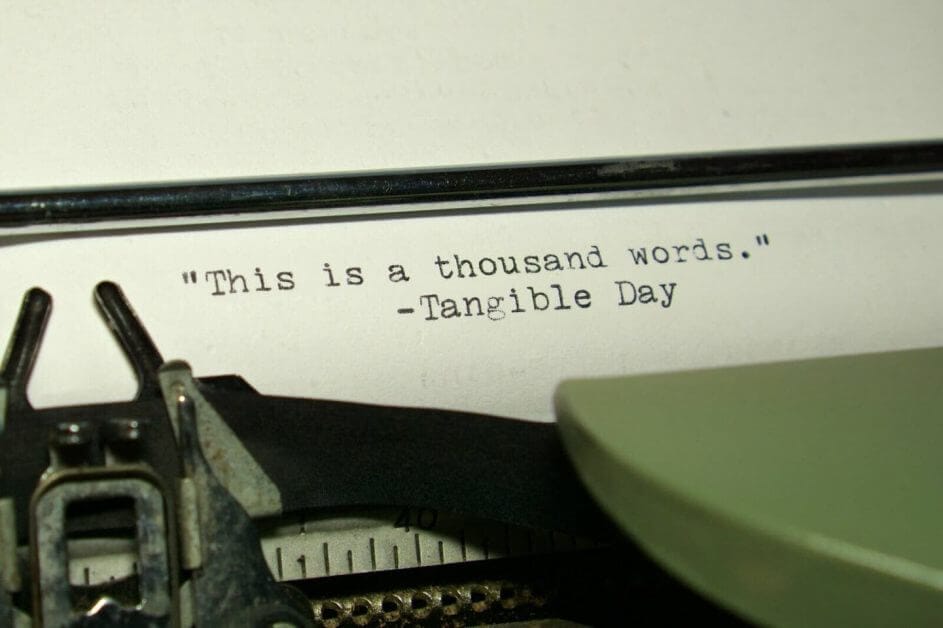
Pingback: The Best Typewriter in 2021: Reviews & Guide - Residence Lord
Pingback: The Best Typewriter in 2023: Reviews & Guide - officebaron.com